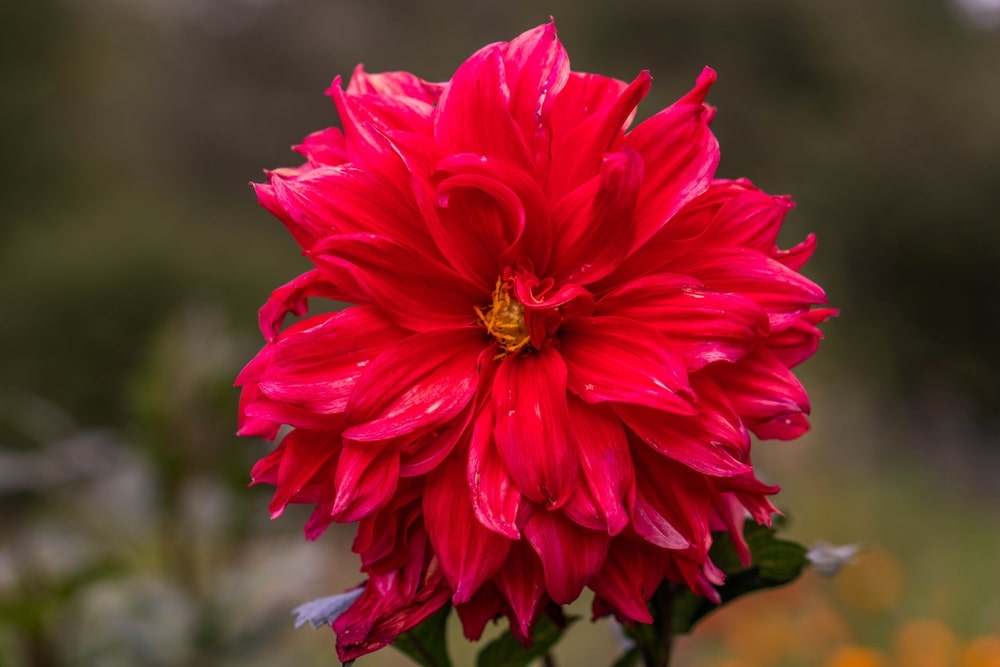
Dahlia is a genus of bushy perennial flowering plants that have several varieties people can choose from. The flowers are native to Central America and Mexico, but these can be found in several other regions around the world. The main reason behind this is how beautiful the flowers look and how amazing they are. These are from the same family of flowers as sunflowers, daisies, and zinnia, which is why there are several shared characteristics between the plants.
Users should understand that the plant is also quite easy to keep maintained. This is why you will notice tons of beginners deciding to plant the flowers in their gardens. While dahlias are attractive flowers to keep in your house, there are also some issues that you might run into with them. When it comes to this, people ask the question “why are my dahlias dying?”. The answer for this can vary depending on several reasons which is why we will be providing you with these along with methods that can be used to deal with the problem.
Why Are My Dahlias Dying?
- Amount Of Water The Plant Is Getting
When planting flowers like dahlias in your garden, you should understand that these plants require some maintenance steps. The most common reason why the flowers in your garden might start dying or wilting can be due to a lack of water. While the plant does not require many liquids to survive, pouring these occasionally is still important.
This not only helps in keeping the flowers healthy but also boosts their growth and bloom. Simply watering the dahlias should allow you to fix the problem but some additional things should be kept in mind. Pouring too much water also causes the same issue as it suffocates the roots of your flowers.
These have to be watered with a specific quantity that is enough to keep the soil around them moist. Keeping this in mind, make sure that you only pour water that will keep the soil moist, but no liquid gathers inside it. If you are having trouble with this step, then another thing that can be done is to have a proper drainage system.
This allows extra water in your soil to escape, keeping the soil left behind moist enough to prevent issues. You can also make tunnels inside your ground that allow the water to seep out. If you have the dahlias inside pots, then you can make a small hole underneath them. This should be blocked by a rock so that the soil does not escape but it should still have enough space for all the liquids inside the pot to seep through.
- Amount Of Sunlight Being Received By The Plant
Aside from water, the sunlight your dahlias are getting also plays a huge role in their growth. When it comes to this, people should understand that too much or too low light can both cause the plant to die. You can usually confirm what the problem is by closely observing the flowering.
If these are drooping, then the issue might be from excess sunlight. However, this is only temporary as the drooping allows the flowers to protect themselves from harsh light. After the sun goes down, the flowers should get back to their original position.
On the other hand, if the light is more than what the flowers can handle then you should be able to notice black spots forming on the leaves. Less sunlight is usually indicated by the flowers starting to wilt. People can take steps accordingly once they find the main cause of their problem. Changing the position of the dahlias should allow them to fix the issue easily.
- Dahlias Not Getting Enough Nutrients
If you are still getting the same problem with your plant, then there is a high chance that these might not be getting enough nutrients This is why you must keep your flowers in a spot where they can get the minerals required.
If your soil is lacking these then adding fertilizers should help in taking care of the issue. Keep in mind that the product should be bought from a reliable brand and added frequently. The minerals in these are usually consumed after 3 weeks after which they should be poured again.
